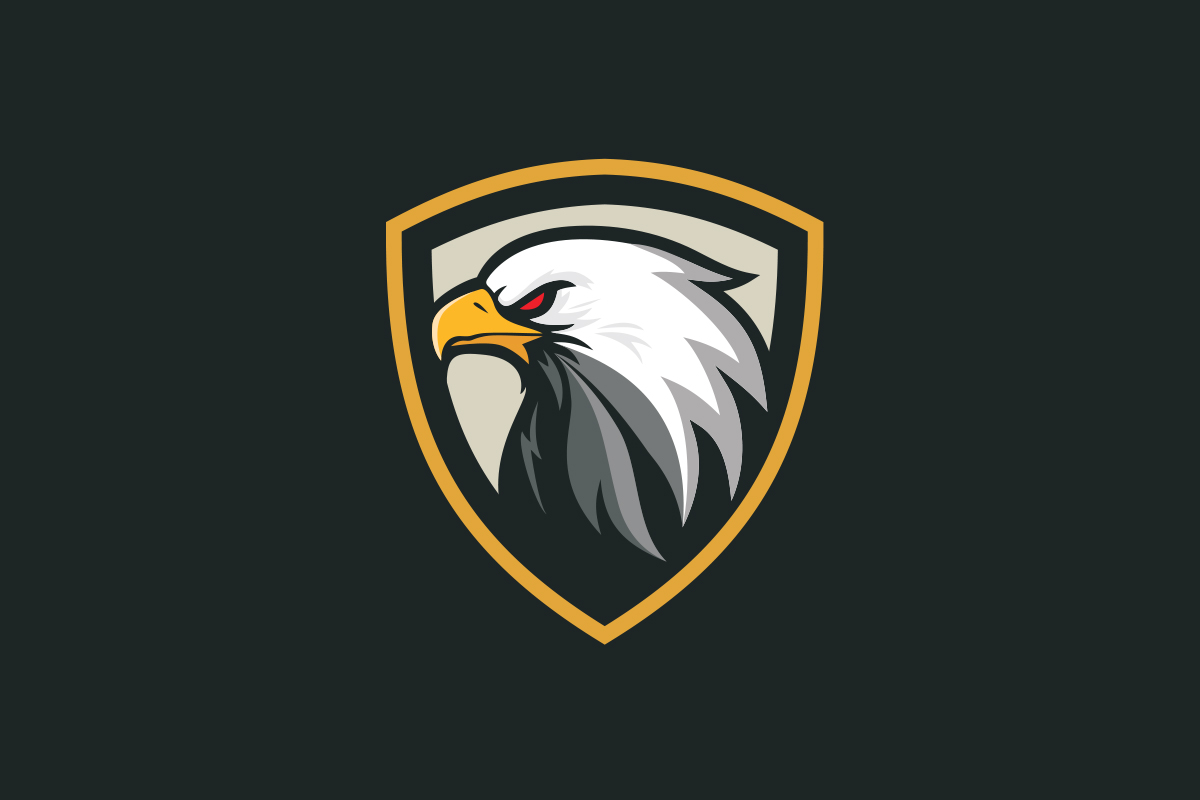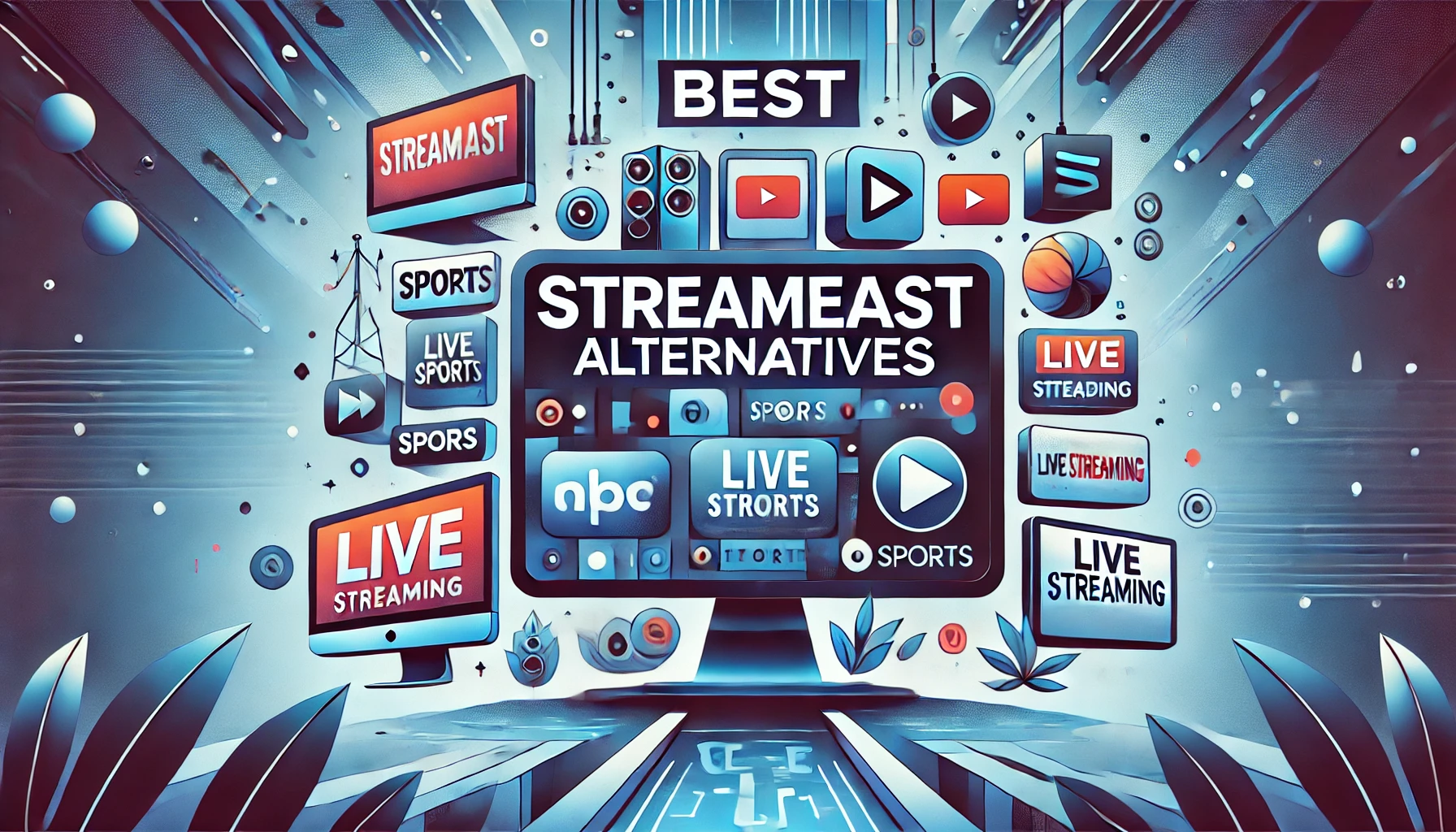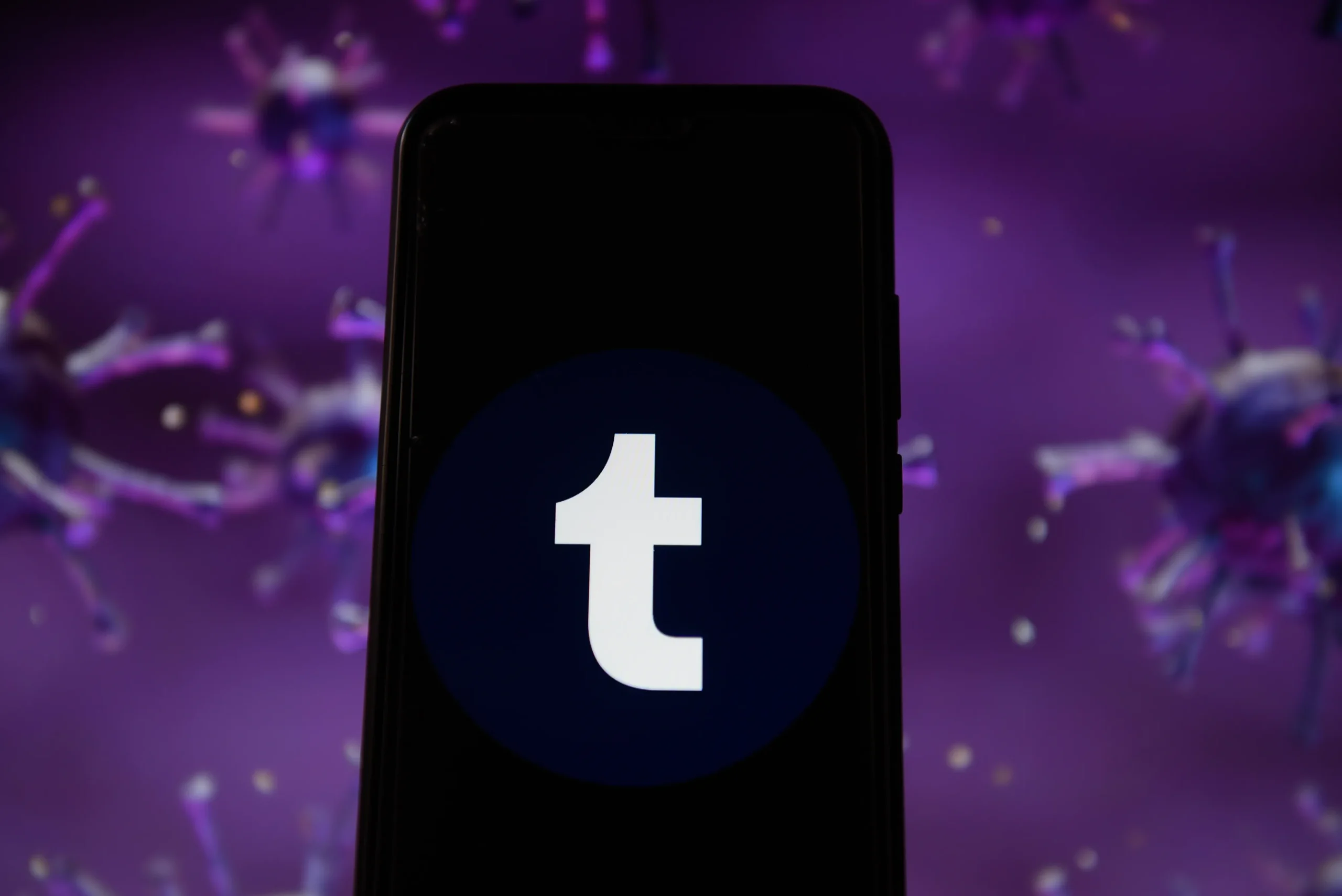
A logo is one of the most important components of a company’s branding strategy. It serves as the face of the brand, instantly recognizable and closely tied to the business’s identity. Whether you’re starting a small business, a large corporation, or a non-profit, a logo is essential in communicating what your brand stands for and in differentiating yourself from competitors. This article will delve deep into the significance of a logo, its role in brand identity, design principles, and the impact it has on consumers.
What is a Logo?
A logo is a graphic symbol or emblem that represents a brand or company. It often includes text, images, or both, and is designed to be visually memorable, simple, and versatile. While a logo alone does not represent the entire brand, it is one of the most visible and powerful tools in a company’s branding toolkit. Logos can be iconic (symbol-based), logotypes (word-based), or a combination of both.
The Role of a Logo in Branding
The logo plays a pivotal role in establishing and reinforcing the brand identity of a business. It is often the first point of interaction a customer has with a brand, making a lasting impression. Below are some key roles that a logo serves in branding:
1. Creates Brand Recognition
A well-designed logo makes it easier for customers to recognize and remember the brand. For instance, think of global companies like Apple, Nike, or Coca-Cola. Their logo are simple but highly distinctive, making them instantly recognizable across the world. A memorable logo helps in maintaining visibility and ensuring that the brand remains at the top of customers’ minds.
2. Conveys Brand Identity
A logo is a visual representation of a company’s values, vision, and mission. It can evoke certain emotions or associations in customers. For example, a sleek, modern logo might signal innovation and forward-thinking, while a classic, serif-based logo could communicate reliability and tradition. The colors, fonts, and shapes chosen for the logo contribute to telling a brand’s story and differentiating it from competitors.

3. Builds Trust and Loyalty
Consistency in branding, especially with logo, builds trust over time. A logo that is displayed on products, websites, and marketing materials consistently conveys professionalism and credibility. Customers tend to trust brands with familiar, reputable logo, fostering loyalty and repeated business.
4. Distinguishes You from Competitors
In a crowded marketplace, your logo can set you apart from competitors. A unique, creative design helps customers differentiate your brand from others. For instance, consider fast food brands like McDonald’s, Burger King, and Wendy’s. While all three operate in the same industry, their logos and branding convey distinct identities.
Elements of a Successful Logo Design
Designing a logo is more than just creating a pretty image. It requires a deep understanding of the brand, its audience, and the message the company wishes to communicate. Here are some critical elements that contribute to a successful logo design:
1. Simplicity
A logo should be simple and uncluttered. Overly complicated logo can be difficult to recognize and remember. The best logo are often minimalistic, with clean lines and limited color palettes. Simplicity ensures that the logo is versatile and can be scaled to different sizes without losing clarity.
2. Relevance
Your logo should be relevant to your brand and the industry in which you operate. It should align with your brand’s personality and target audience. For example, a playful logo with bright colors might be ideal for a toy company but inappropriate for a law firm.
3. Memorability
A great logo should be easy to remember. Logo that stand out are often those that people can easily recall after seeing them just once or twice. This can be achieved through unique design elements or clever symbolism.
4. Timelessness
Trendy logo may feel fresh today but can quickly become outdated. A timeless logo will last for years, even decades, without needing significant redesigns. Classic logo like Coca-Cola or IBM have remained largely unchanged over time, retaining their relevance across generations.
5. Versatility
Your logo will be used in a variety of mediums—websites, print materials, product packaging, and more. A good logo should work well in different sizes and across multiple platforms. It should be legible when shrunk down to a small size, such as on a business card, and also look impressive on a large scale, such as on a billboard.
6. Scalability
In an increasingly digital world, logo need to be scalable. They should look equally good on a tiny app icon as they do on a large banner. Vector-based logo are typically preferred as they can be resized without losing quality.
7. Color and Font Selection
Color psychology plays a big role in logo design. Different colors evoke different emotions; for example, red conveys passion or urgency, while blue represents trust and professionalism. Similarly, the font chosen for a logo is crucial in conveying the right tone. A playful, handwritten font sends a different message than a formal, serif typeface.
Types of Logo
Logo come in various styles, each serving a different purpose based on the brand’s needs. Here are the most common types of logo:
1. Wordmark or Logotype
A wordmark is a text-based logo that uses the brand name as the primary design element. Famous examples include Google, Coca-Cola, and FedEx. These logo rely on typography to convey the brand’s personality, making font choice critical.
2. Lettermark or Monogram
Lettermarks are logo that consist of the initials or abbreviations of a company. IBM, CNN, and HBO are well-known examples. These logo are ideal for companies with long names, as they are more concise and easier to remember.
3. Symbol or Icon
Symbol logo use a graphical representation to embody the brand. Apple’s bitten apple or Nike’s swoosh are iconic examples. Symbols can be powerful because they don’t rely on language and can be instantly recognized around the globe.
4. Combination Mark
A combination mark is a logo that includes both text and a symbol or icon. Examples include Adidas, Amazon, and Burger King. This type of logo offers flexibility, as either the symbol or the text can be used independently depending on the context.
5. Emblem
Emblems are logo where the text is placed inside a symbol, often creating a badge-like design. Starbucks and Harley-Davidson are examples of emblem logo. This style tends to look more traditional and is often used by schools, organizations, or government agencies.
The Process of Designing a Logo
Creating a logo is a collaborative process that requires research, creativity, and iteration. Below is an overview of the typical steps involved in designing a logo:
1. Research and Discovery
Before any design work begins, it’s crucial to understand the brand’s goals, audience, and competition. This stage involves gathering information about the company’s values, mission, and the message they wish to convey through their branding.
2. Brainstorming and Concept Development
Based on the research, designers will brainstorm ideas and develop initial concepts. This may involve sketching, creating mood boards, and experimenting with different design styles.
3. Design and Refinement
Once several concepts are generated, the designer will begin refining the best ideas. This stage involves selecting fonts, colors, and graphic elements, then combining them into a cohesive logo.
4. Client Feedback and Revisions
The designer presents the refined logo options to the client for feedback. Based on this input, revisions are made to improve or adjust the design to meet the client’s vision.
5. Final Delivery
After the revisions are complete and the client is satisfied, the final logo is delivered in various formats (JPEG, PNG, SVG, etc.) for use across different platforms.
Conclusion: Why a Logo is Crucial for Business Success
A logo is far more than just a decorative element. It’s a fundamental tool for branding that helps establish identity, builds recognition, and fosters loyalty. When designed effectively, a logo becomes synonymous with the brand it represents, leaving a lasting impression on customers.
Investing time and resources into creating a thoughtful, timeless logo is essential for businesses looking to grow their brand presence and succeed in an increasingly competitive marketplace. Whether you are a startup or a well-established company, a strong logo will serve as the cornerstone of your visual identity and play a critical role in your overall branding strategy.








